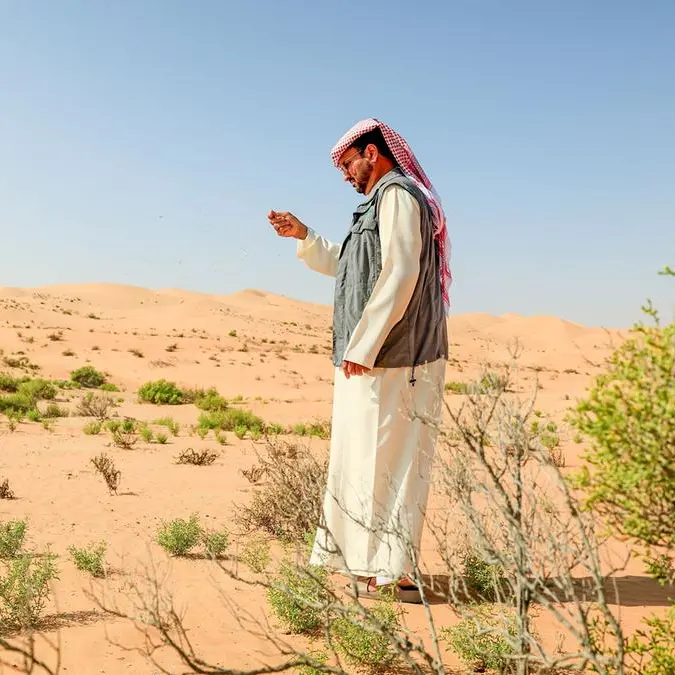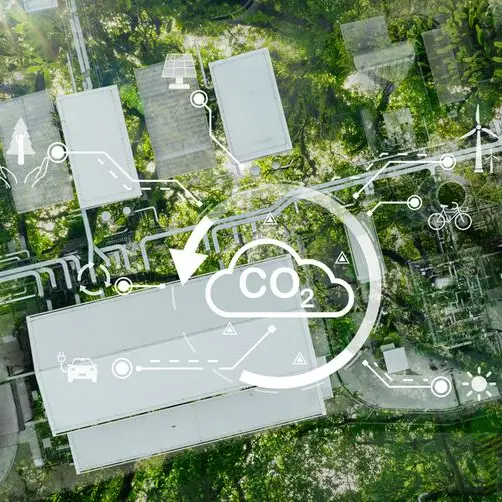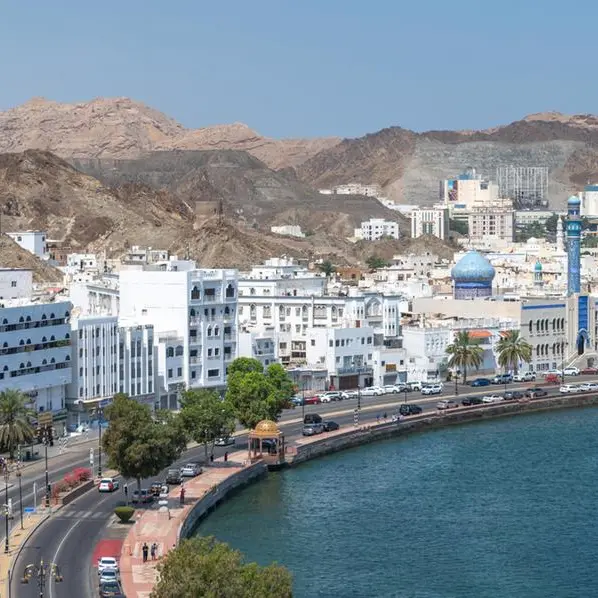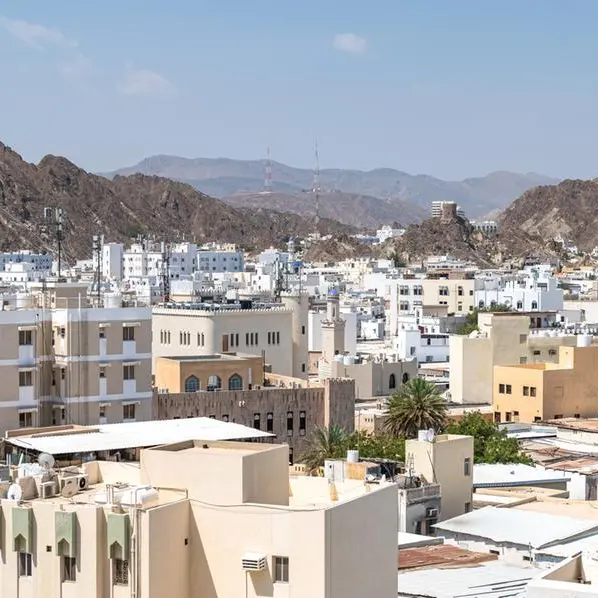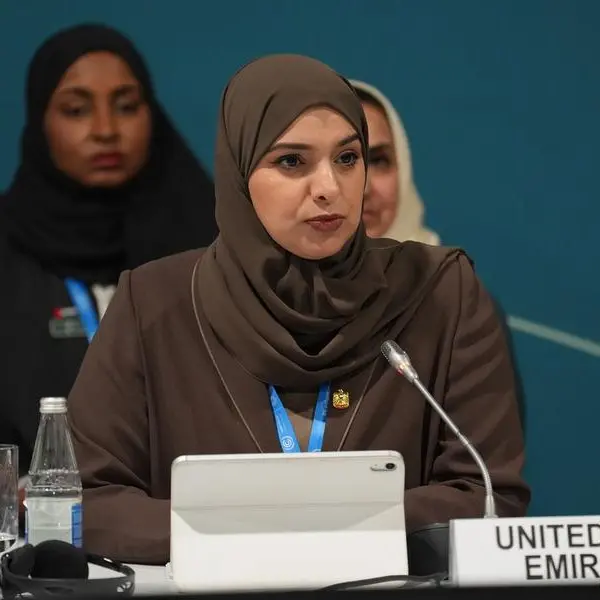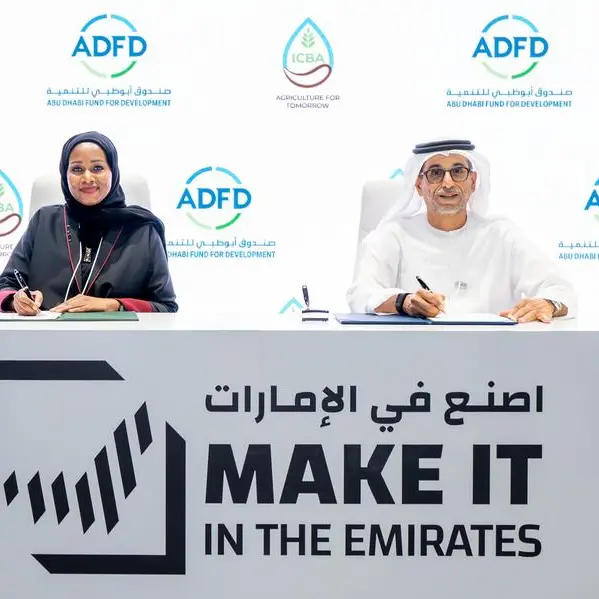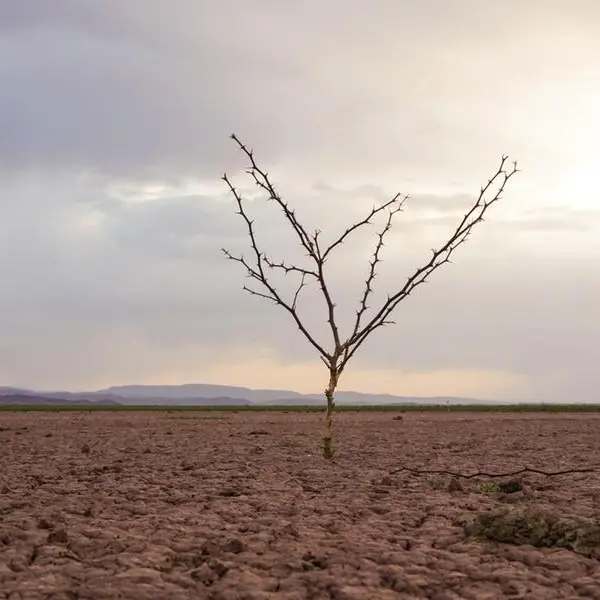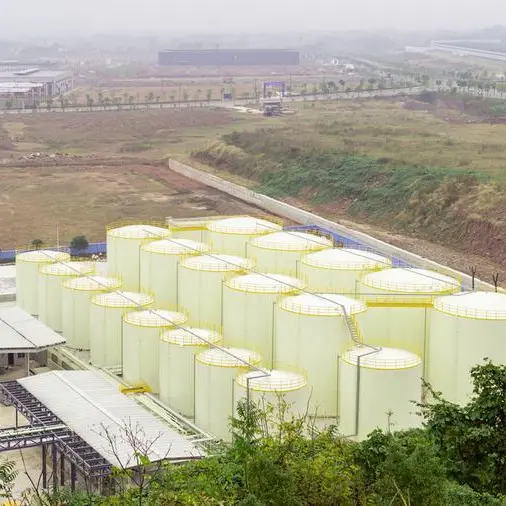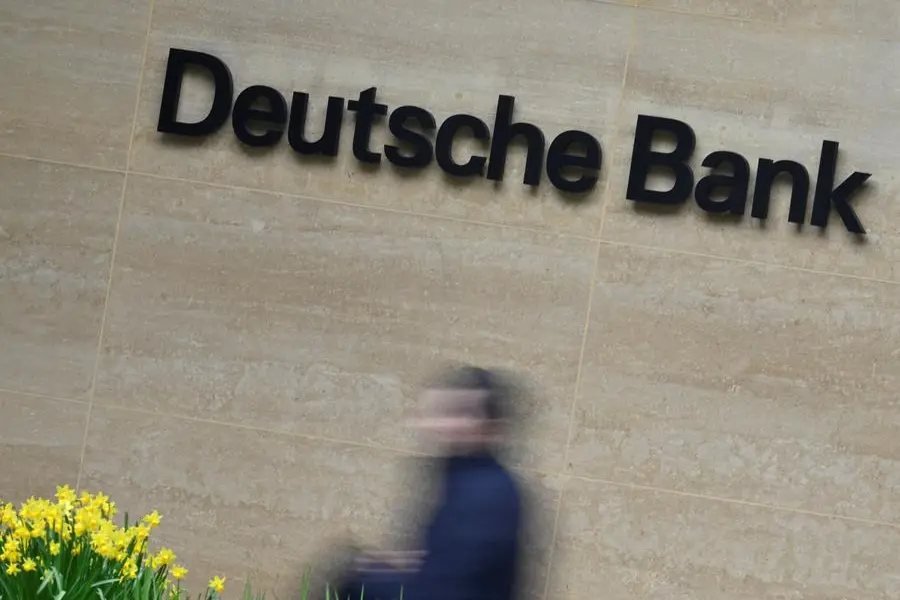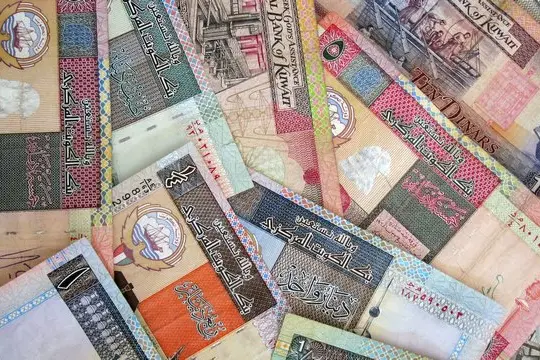PHOTO
Image used for illustrative purpose. Getty Images
The growing need for adaptation finance continues to be a key challenge for developing countries, one that G20 nations are still poorly prepared to resolve, according to the findings of a new study.
The COP28 Net Zero Atlas report by the London Stock Exchange Group (LSEG) addresses the impact of extreme weather conditions that have left a trail of devastation across the globe in 2023, with the spiralling cost of the growing climate catastrophe unable to match the pace of commitments that are slow to adapt.
Even as G20 countries focus on more ambitious Nationally Determined Contributions (NDCs) ahead of COP28, for nations such as the US, Canada, South Korea and Saudi Arabia, the implementation gap as G20 members policies are not yet sufficient to achieve the NDCs, according to the report.
Jaakko Kooroshy, the Global Head of Sustainable Investment Research at FTSE Russell, an LSEG Business, shares further insight on findings of the report and how G20 countries can rise to the challenge with a bold approach that bridges the gap between adaptation and ambition.
What are the biggest challenges facing G20 countries on the road ahead and what’s a realistic timeline to see concrete results?
Our analysis shows that time is short. The physical effects of climate change are already material today, are escalating rapidly, and are likely to pose significant economic and policy challenges for G20 economies by 2050. To deal with the challenges to come, scaling up adaptation planning and adaptation finance in G20 countries will be important, whether global warming is contained below 2°C or not.
At the same time, and this is the other aspect, G20 countries emissions reduction commitments and policies are not yet sufficient to bring emissions in line with the Paris Goals.
The report highlights that adaptation strategies are still in their infancy. What would it take to reach a level of maturity that would bring about tangible results?
There are a few priorities here. First, ensuring adequate funding. In many plans and strategies, a list of adaptation actions and measures are identified, but their financing remains unclear. A quantification of the costs of each adaptation measure and a clear financing source would improve the credibility of these plans and avoid the risk of non-implementation due to budget constraints.
Second, the Monitoring and Evaluation (M&E) of adaptation policies. Regular evaluation and calibration of adaption plans are required for these exercises to be successful. Ongoing updates are critical to ensure successful implementation with the expected results. For example, the third UK Adaptation Plan published in July 2023 reflects recommendations outlined in the Climate Change Committee’s 2023 Progress Report on Adapting to Climate Change that was published a few months earlier.
Lastly, these plans often omit clear, quantified KPIs. For example, the Delta programme in the Netherlands has a clear trajectory to minimise the proportion of people exposed to floods. Such quantified roadmaps enable better planning and enhanced tracking for successful implementation.
Adaption finance remains one of the biggest hurdles facing countries on the path to a sustainable green transition. How are countries bridging this gap?
Adaptation finance is indeed a critical challenge. We describe in the report that most G20 countries’ plans still seem to lack a clear description of funding sources. There is a clear risk that financing adaptation is dismissed as a ‘long-term’ problem. Protecting adaptation funding from short-term constraints is therefore vital.
There is also an important equity dimension here. There is still a large gap on funding adaptation for developing countries, where adaptation needs are often most urgent. This was a big topic at COP27 and will be a big topic at COP28.
Currently there is around $20 to $30 billion in adaptation funding for developing countries. There has been a commitment to increase this to US$40 billion in the coming years, but this is still far off the estimated needs that could be five to 10 times higher, according to the UN.
The report also mentions the pace of new commitments have slowed down. Why is this the case and how can governments fuel acceleration?
Core to the Paris Agreement is a mechanism through which countries increase their medium-term mitigation commitments, or 2030 Nationally Determined Contributions (NDCs) over time. The pace of these improvements is not mandated and there will be country specific reasons why and when countries move to increase their ambition levels.
In the report, we observe that only Turkey and Brazil have so far significantly improved their climate commitments since COP27. The pace of improvements is still too slow to get back on-track to meet the goals of the Paris Agreement. So more progress is needed - in particular it really takes the biggest emitters to step forward with new ambitious commitments.
There is also a need to bridge the implementation gap. How does this region and countries such as Saudi Arabia and the UAE fare compared to a global landscape and how do they bridge this gap?
We use the implementation gap to refer to the difference between what is implied by countries’ 2030 climate commitments (their NDCs) and the emission trajectories implied by their current policies.
The report focuses on G20 countries, several of which have a notable implementation gap including the US, Canada, and Saudi Arabia - all are significant producer countries and rely extensively on fossil fuels in their domestic energy system.
Our analysis suggests that reducing fugitive emissions in fossil fuel production and shifting to greater use of renewables for power generation often offers the greatest and most cost-effective abatement opportunities for these kinds of economies.
How important are events such as COP28 in bringing together key players in the ecosystem in ensuring the green transition is a steady, achievable road ahead?
COP also acts as a formal monitoring mechanism on progress towards global climate goals – quite literally this year with the inaugural Global Stocktake. This is a process for countries and stakeholders to see where they’re collectively making progress towards meeting the goals of the Paris Agreement – and where they’re not.
COP gatherings are often criticised as progress can seem glacially slow. But it’s the best mechanism we got at the moment to address this urgent problem that affects every government and society around the world.
(Reporting by Bindu Rai, editing by Seban Scaria)

